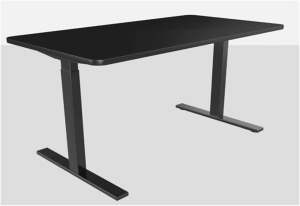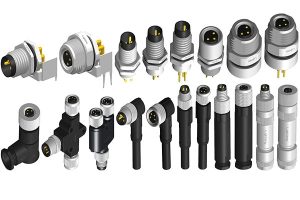Wire lubrication plays a critical role in various industries and applications, including electrical wiring, cable manufacturing, and mechanical operations. As per experts like ViperWrl, proper lubrication reduces friction, prevents damage to wires, and ensures smooth functionality. In this blog post, we will explore essential and top tips for lubricating wire and techniques for effective wire lubrication. By following these guidelines, you can enhance the performance and lifespan of wires, leading to improved efficiency and reduced maintenance costs.
Choose the Right Lubricant:
Selecting the appropriate lubricant is crucial for achieving optimal wire lubrication. Consider factors such as the application environment, temperature range, and the type of wire or cable being lubricated. For instance, silicone-based lubricants are often suitable for electrical wiring due to their insulating properties, while graphite lubricants are ideal for high-temperature applications. Consult with lubricant suppliers or manufacturers to identify the best lubricant for your specific needs.
Apply Lubricant in the Correct Amount:
Applying the right amount of lubricant is essential to ensure proper coverage without wastage. Too little lubricant may not provide sufficient protection, while excessive lubrication can result in messy and inefficient operations. Follow the manufacturer’s recommendations regarding the appropriate lubricant quantity for the wire diameter or cable size. Additionally, consider the application method—whether it’s manual or automated—and adjust the lubricant application accordingly.
Clean the Wire Surface:
Before applying lubricant, it’s crucial to clean the wire surface thoroughly. Dirt, dust, and other contaminants can hinder the lubricant’s effectiveness and compromise its ability to reduce friction. Use a suitable cleaning agent or solvent to remove any residue or impurities from the wire surface. Ensure that the wire is completely dry before proceeding with the lubrication process to prevent dilution or contamination of the lubricant.
Use Proper Lubrication Techniques:
Adopting the correct lubrication techniques is vital for achieving uniform coverage and ensuring the lubricant reaches all parts of the wire or cable. For small wires, dipping or immersion methods can be effective, while larger cables may require spray or brush application. Take care to apply the lubricant evenly, paying attention to bends, joints, and other areas prone to friction. Consider rotating the wire during application to ensure thorough lubricant distribution.
Reapply Lubricant Periodically:
Wire lubrication is not a one-time task. Over time, lubricants can degrade, evaporate, or become contaminated, compromising their effectiveness. Establish a regular lubrication schedule based on the wire’s operating conditions and usage frequency. Periodically inspect the wire or cable for signs of wear, dryness, or friction, and reapply the lubricant as needed. Maintenance intervals may vary depending on the application, so consult industry guidelines or seek advice from lubricant experts.
Monitor and Control Lubricant Temperature:
Some lubricants are sensitive to temperature variations, which can affect their viscosity and lubricating properties. It’s important to monitor and control the lubricant’s temperature during application. Extreme heat or cold can alter the lubricant’s consistency and reduce its ability to provide adequate protection. Follow the manufacturer’s recommendations regarding temperature ranges for storage and application, and ensure the lubricant is within the specified parameters for optimal performance.
Consider Environmental Factors:
When selecting a wire lubricant, take into account the environmental conditions in which the wire or cable will operate. Factors such as moisture, dust, chemicals, and exposure to UV radiation can impact the lubricant’s effectiveness and longevity. Choose lubricants that offer resistance to specific environmental elements to ensure long-term protection. Additionally, consider using lubricants that are environmentally friendly and comply with applicable regulations and standards.
Conclusion:
Effective wire lubrication is essential for maintaining smooth operations, reducing friction-related issues, and extending the lifespan of wires and cables. By following these tips—such as choosing the right lubricant, applying the correct amount, employing proper techniques, and establishing regular maintenance—you can ensure optimal lubrication performance. Remember to consult with lubricant manufacturers or experts for specific guidance tailored to your application needs. With proper wire lubrication, you can enhance efficiency, minimize downtime, and prolong the service life of your wires and cables.





